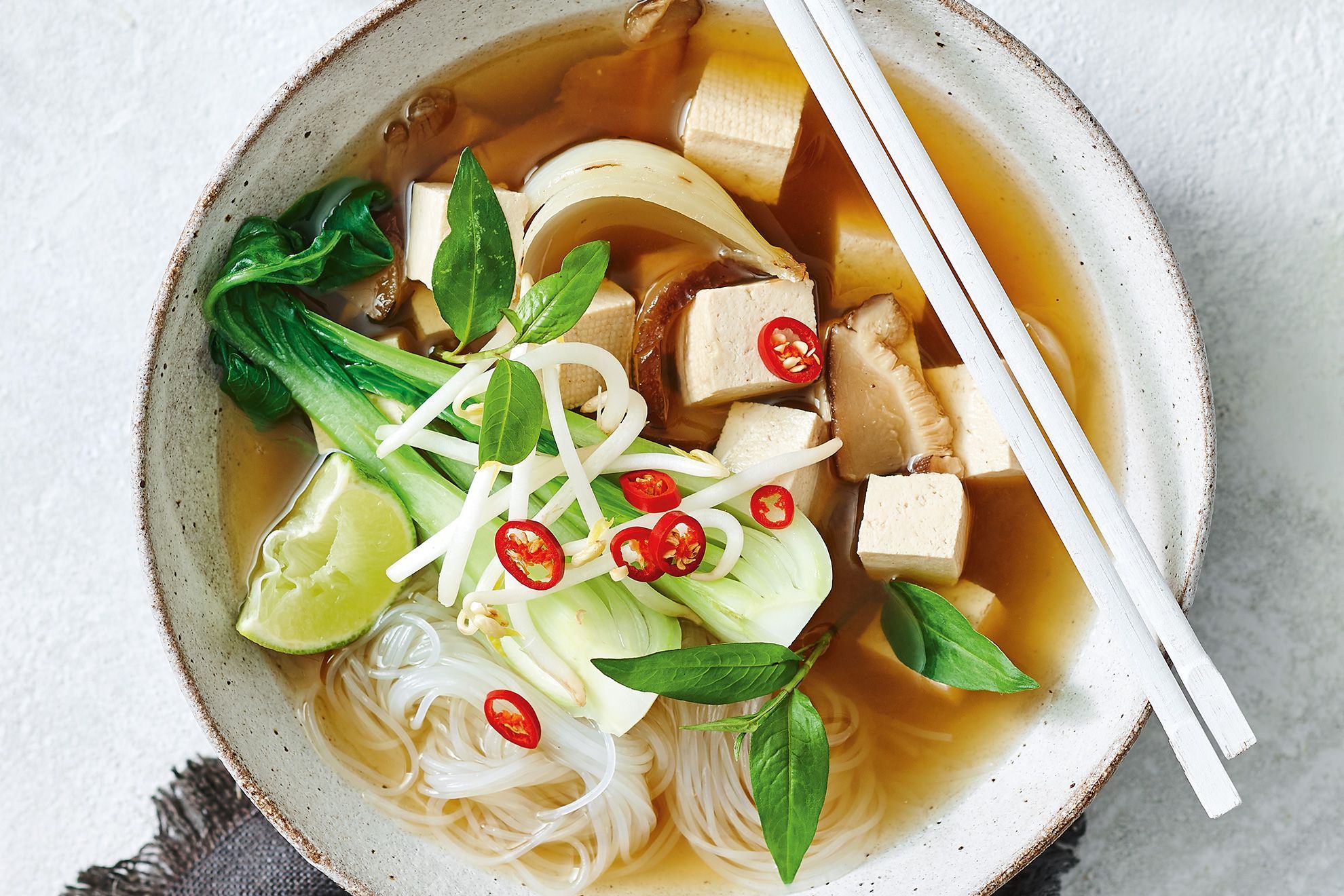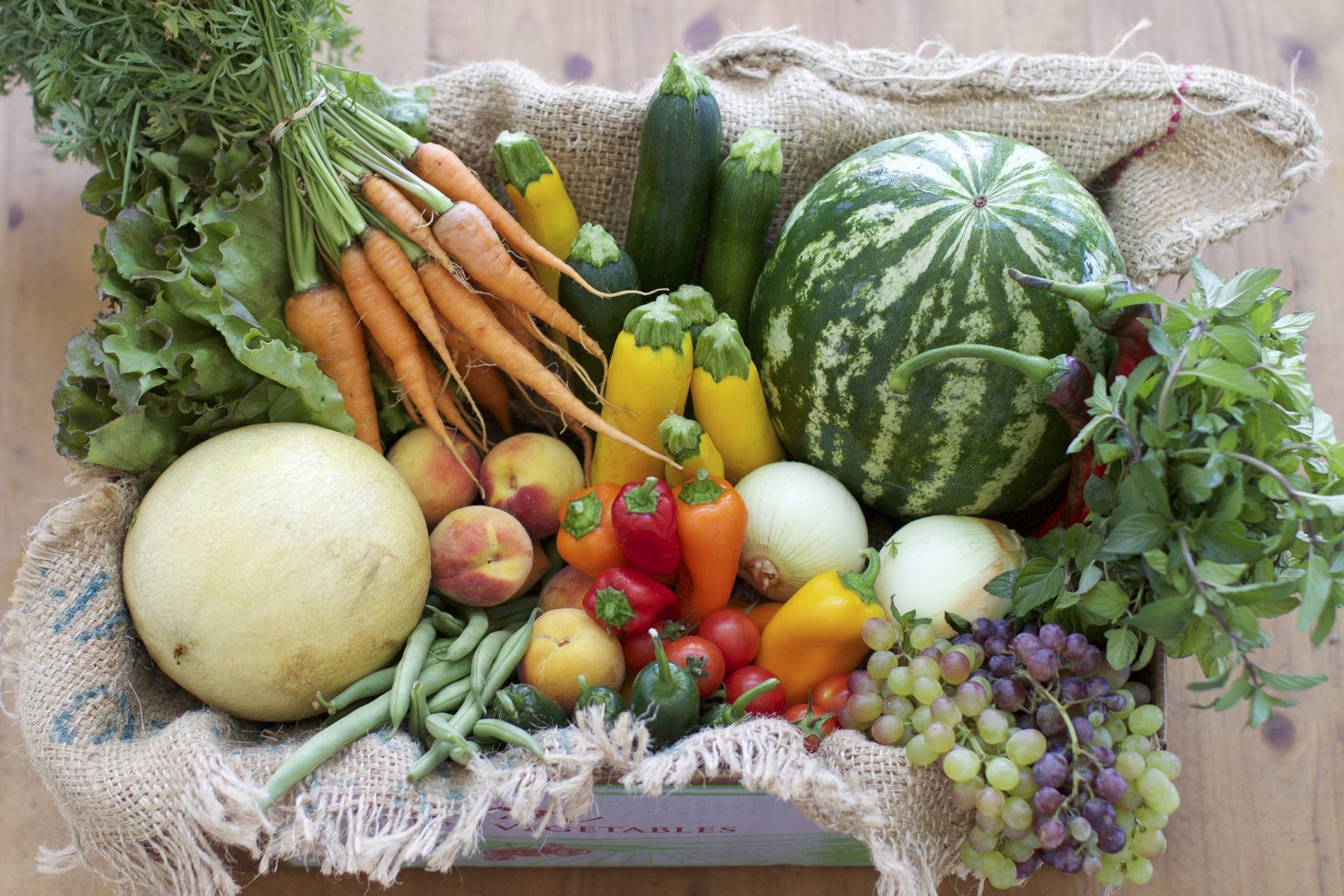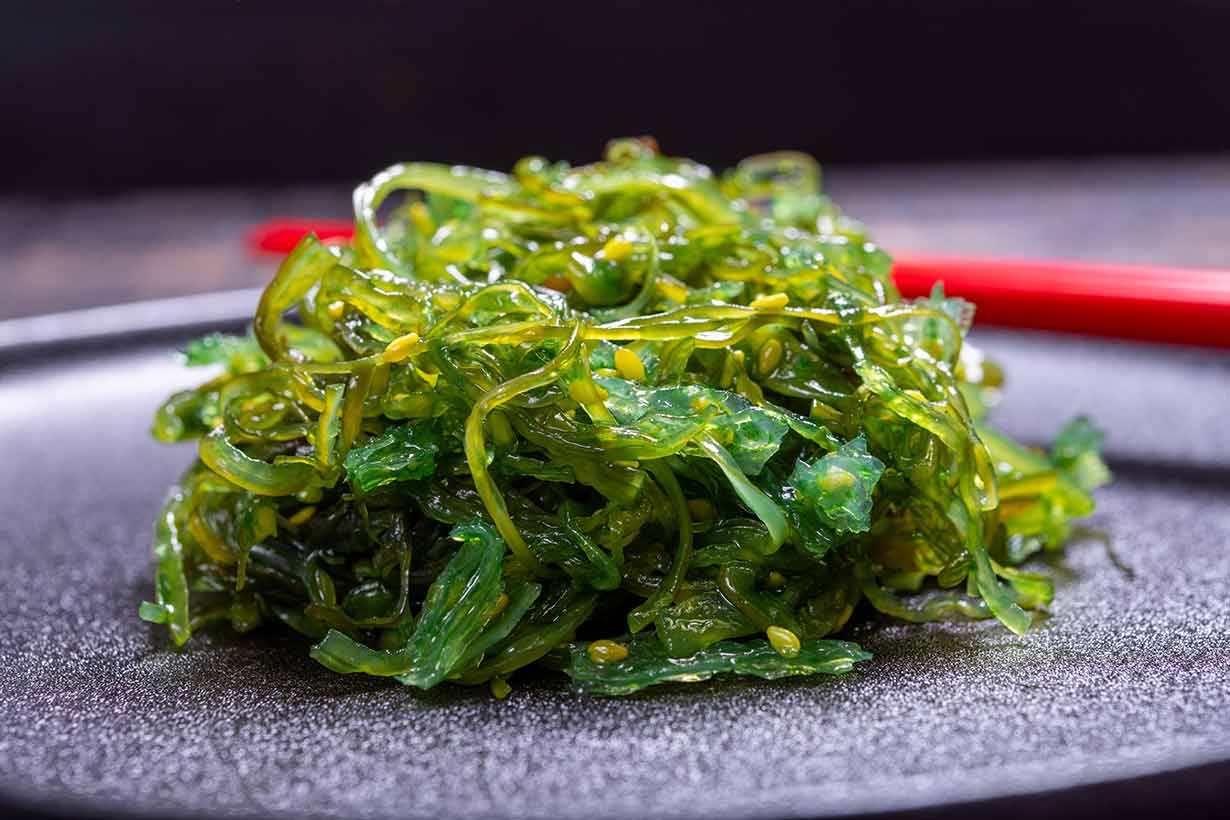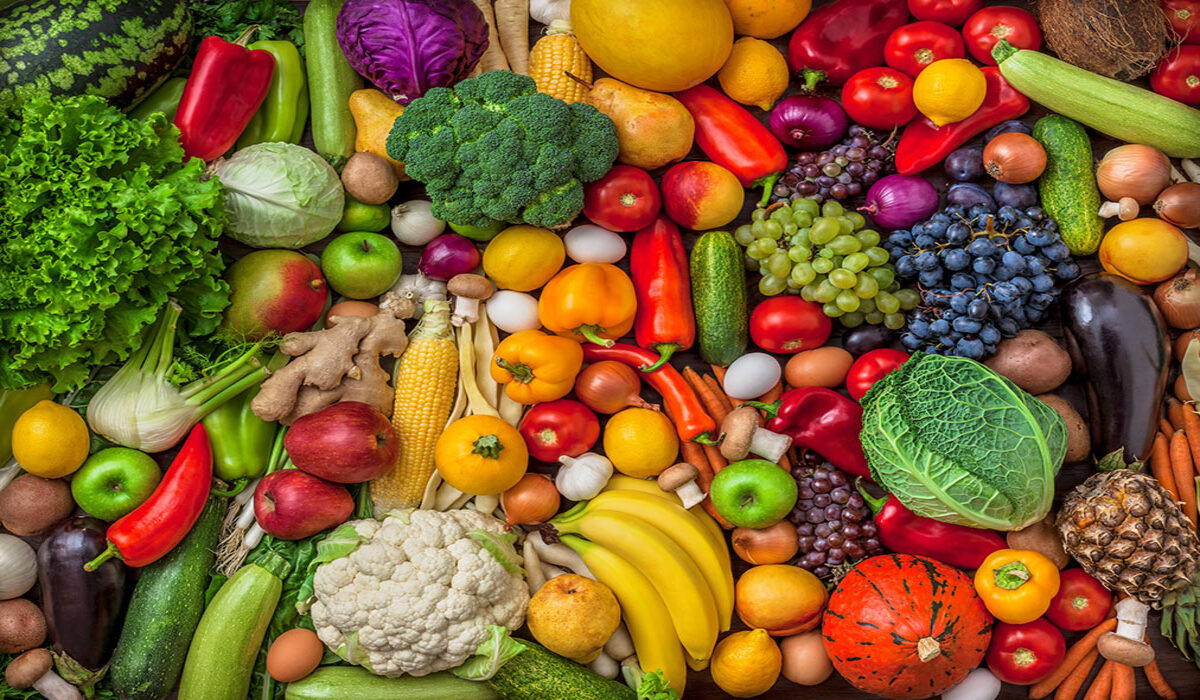Home>Gardening News and Trends>Latest News>What Vegetables To Put In Curry
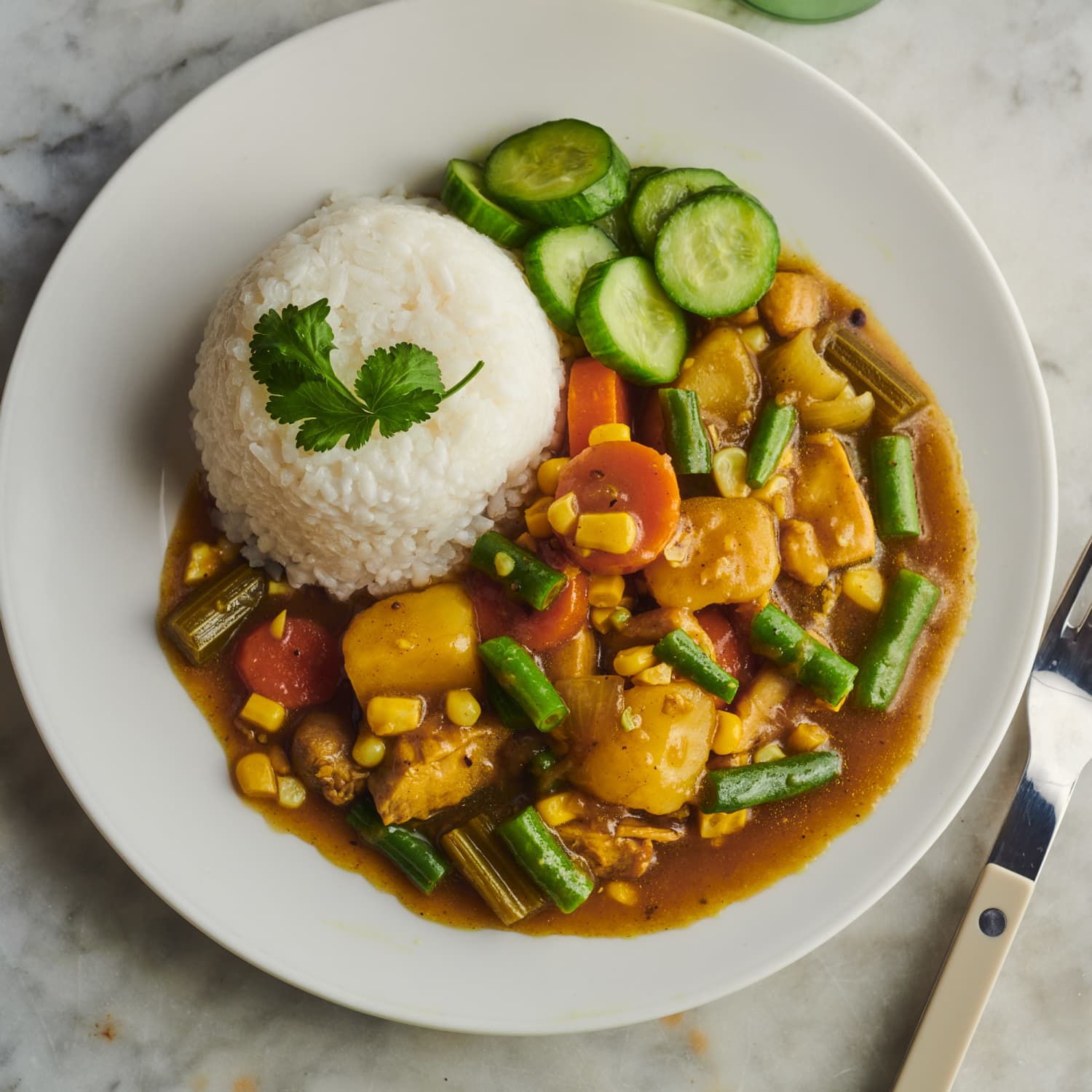

Latest News
What Vegetables To Put In Curry
Published: October 5, 2023
Looking for the latest news on what vegetables to put in curry? Discover the best selection and recipes for the perfect curry dish.
(Many of the links in this article redirect to a specific reviewed product. Your purchase of these products through affiliate links helps to generate commission for Chicagolandgardening.com, at no extra cost. Learn more)
Table of Contents
Introduction
Welcome to the world of flavorful and aromatic curries! Whether you are a curry aficionado or a novice looking to explore the rich and diverse world of Indian cuisine, one thing is for certain – choosing the right vegetables is essential for a delicious and satisfying curry.
Curry is a versatile and popular dish that can be found in various culinary traditions around the world. From the fiery heat of Thai curries to the creamy richness of Indian curries, there is a curry recipe to suit every palate. And at the heart of every great curry are the vegetables that contribute their unique flavors and textures.
But with so many vegetables to choose from, how do you know which ones to include in your curry? In this article, we will explore the world of curry vegetables, from the popular choices to some lesser-known gems. We will also provide you with tips on how to prepare these vegetables to ensure your curry turns out perfectly every time.
Get ready to tantalize your taste buds and embark on a culinary adventure as we delve into the wonderful world of vegetables for curry. Whether you prefer a mild and creamy curry or a spicy and robust one, our guide will help you make the right choices and create a curry that will truly impress.
Choosing the Right Vegetables for Curry
When it comes to choosing vegetables for curry, there are a few factors to consider. First and foremost is the flavor profile you want to achieve. Different vegetables have distinct tastes that can either complement or overpower the other ingredients in your curry. It’s important to strike a balance and select vegetables that will harmonize with the spices and create a well-rounded flavor.
Another consideration is the texture of the vegetables. Some vegetables, like potatoes and carrots, provide a hearty and starchy texture, while others, like bell peppers and green beans, add a crisp and crunchy element. Mixing different textures can add depth and variety to your curry.
Additionally, think about the color palette you want your curry to have. Adding vibrant and colorful vegetables, such as tomatoes, spinach, or bell peppers, can not only make your curry visually appealing but also contribute to its nutritional value.
It’s also worth noting that the choice of vegetables can vary depending on the type of curry you are making. For example, if you’re preparing a Thai green curry, you may want to include vegetables like bamboo shoots, Thai eggplant, and holy basil for an authentic taste. On the other hand, a classic Indian curry may call for vegetables like onions, garlic, ginger, and tomatoes as a base.
Lastly, consider the availability and freshness of the vegetables. Opting for seasonal and locally sourced produce will ensure that your curry is packed with flavor and nutrients.
Now that you have a better understanding of the factors to consider, let’s explore some popular vegetables that are commonly used in curry recipes.
Popular Vegetables for Curry Recipes
Curry recipes are known for their versatility, allowing you to experiment with a wide range of vegetables. Here are some popular choices that are commonly used in curry recipes:
- Potatoes: Potatoes are a staple in many curry recipes. Their creamy texture and ability to absorb flavors make them a perfect addition to curries, providing substance and richness.
- Onions: Onions serve as the base for many curry recipes, adding depth and sweetness to the dish. They can be sautéed until caramelized or cooked until soft and translucent to create a flavorful foundation for your curry.
- Tomatoes: Tomatoes are a common ingredient in curry recipes, contributing a tangy and slightly sweet flavor. They also add a rich and vibrant color to the curry.
- Carrots: Carrots bring a vibrant color and a subtle sweetness to curries. They can be sliced or chopped into small pieces and cooked until tender, adding texture and earthy flavor.
- Bell Peppers: Bell peppers, available in a variety of colors, are a great way to add a vibrant pop of color to your curry. They have a sweet and slightly tangy taste and add a crisp texture.
- Spinach: Spinach is a popular leafy green choice for curries. It wilts down easily, adding a mild and slightly earthy flavor to the dish. It is also packed with nutrients, making your curry both flavorful and nutritious.
- Eggplant: Eggplant, with its silky texture, is often used in curries. It absorbs the flavors of the spices and provides a meaty and satisfying bite.
- Cauliflower: Cauliflower is a versatile vegetable that can be used to add a mild and slightly nutty flavor to curries. It retains its texture and pairs well with spices, making it a popular choice.
While these are just a few examples, feel free to get creative and experiment with different vegetables based on your personal preferences and the flavor profile you want to achieve in your curry.
Tips for Preparing Vegetables for Curry
Preparing vegetables for curry is an essential step in ensuring that they are cooked to perfection and contribute to the overall flavor and texture of the dish. Here are some tips to help you prepare vegetables for curry:
- Wash and chop: Start by washing your vegetables thoroughly to remove any dirt or debris. Then, depending on the recipe, chop the vegetables into bite-sized pieces or slice them according to your preference. Consistent chopping ensures that the vegetables cook evenly.
- Sauté or blanch: Some vegetables, like onions, benefit from sautéing before adding them to the curry. This enhances their flavor and allows them to soften and caramelize. On the other hand, if you’re using vegetables that need a shorter cooking time or have a more delicate texture, consider blanching them briefly in boiling water or steaming them until partially cooked.
- Simmer or stir-fry: Depending on the recipe, you can choose to simmer the vegetables in the curry sauce or stir-fry them in a separate pan before adding them to the curry. Stir-frying can help retain the vegetables’ crispness, while simmering allows them to soak up the flavors of the curry sauce.
- Timing is key: Pay attention to the cooking time of each vegetable when adding them to the curry. Vegetables that take longer to cook, such as potatoes or carrots, should be added earlier, while those that cook quickly, like spinach or bell peppers, can be added towards the end to maintain their texture and color.
- Season with spices: As you cook the vegetables, don’t forget to season them with the appropriate spices and seasonings. The spices will infuse into the vegetables, enhancing their flavor and ensuring a well-balanced curry.
- Don’t overcook: Be mindful not to overcook the vegetables, as they can become mushy and lose their vibrant colors and flavors. Aim for a balance where the vegetables are cooked through but still retain their texture and individuality.
- Garnish and serve: Finally, garnish your curry with fresh herbs like cilantro or basil to add a burst of freshness and aroma. Serve the curry hot with rice or bread and enjoy the delightful flavors and textures of the well-prepared vegetables.
By following these tips, you’ll be able to prepare vegetables that are perfectly cooked and bring out the best flavors in your curry. Remember to be creative, experiment with different vegetables, and adjust the preparation techniques to suit your recipe and personal preferences.
Conclusion
Curries are a delightful and versatile dish that allows you to explore a world of flavors and textures. Choosing the right vegetables for your curry is crucial in creating a well-balanced and delicious meal.
Consider the flavor profiles, textures, and colors of the vegetables you select for your curry. Potatoes, onions, tomatoes, carrots, bell peppers, spinach, eggplant, and cauliflower are just a few popular choices that can add depth and variety to your curry.
When preparing the vegetables, ensure they are washed, chopped, and cooked to the appropriate level of tenderness. Sautéing or blanching certain vegetables before adding them to the curry can enhance their flavors, while simmering or stir-frying them can preserve their texture.
Remember to season the vegetables with spices that complement the overall flavor of the curry. Timing is crucial, as you’ll want to add vegetables with longer cooking times earlier and those with shorter cooking times towards the end.
As a final touch, garnish your curry with fresh herbs and serve it hot with rice or bread for a satisfying meal.
With these guidelines in mind, you are well-equipped to create a flavorful, aromatic, and visually appealing curry using the right vegetables. So go ahead, unleash your creativity and culinary skills, and dive into the wonderful world of curries. Bon appétit!

